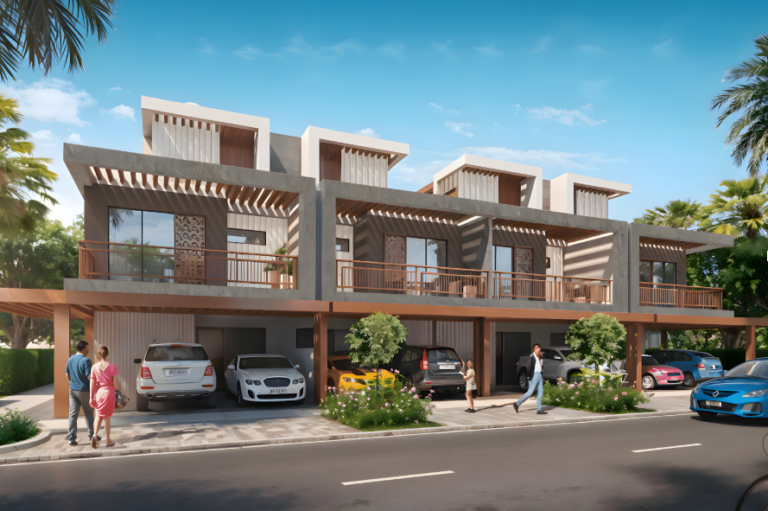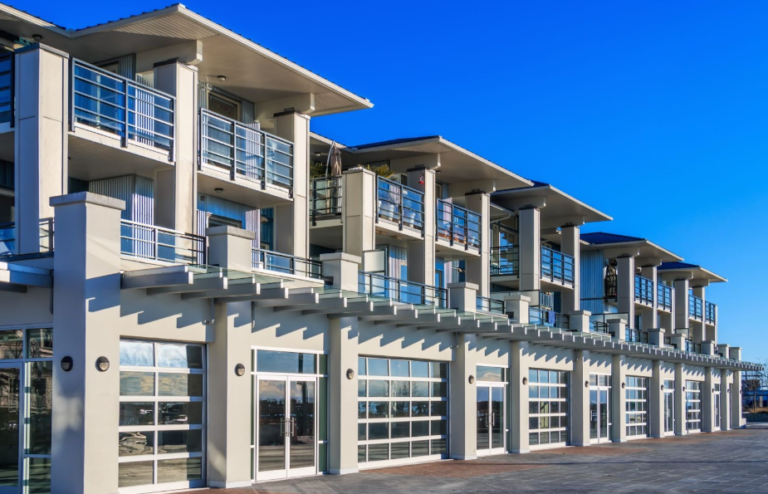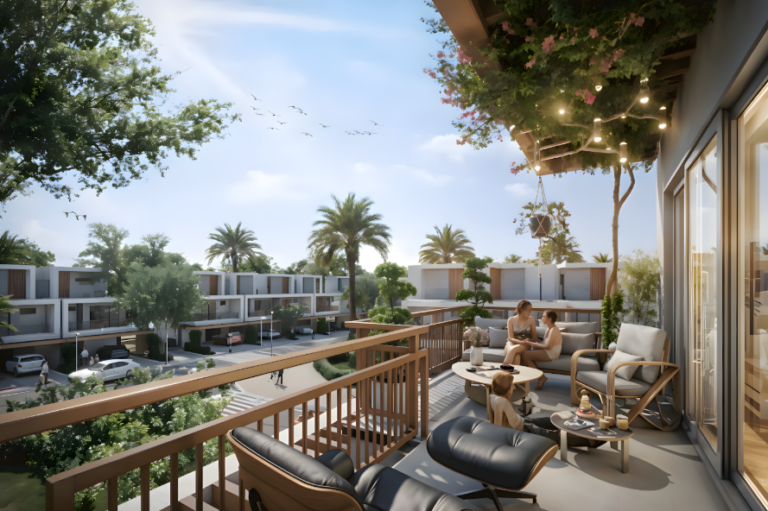Beyond Compliance: The Multifaceted Benefits of Energy Code Calculations
In the world of construction and building design, energy codes serve as essential blueprints for creating structures that are not only safe and functional but also environmentally conscious and cost-effective.
At the heart of ensuring compliance with these codes lie energy code calculations – a critical process that goes far beyond a mere regulatory hurdle.
These calculations are powerful tools that unlock a multitude of benefits, from reducing long-term operational costs to enhancing occupant comfort and contributing to a more sustainable future.
Ensuring Regulatory Compliance
The most immediate benefit of performing Energy Code Calculations is achieving compliance with local and national building regulations.
These codes dictate minimum energy efficiency standards for various building components, including insulation levels, window performance, HVAC system efficiency, and lighting power density.
Accurate energy code calculations demonstrate that a proposed design meets or exceeds these requirements, which is crucial for obtaining building permits and avoiding costly delays or rework during construction. This foundational benefit streamlines the building process and ensures legal adherence.
Driving Long-Term Cost Savings
While there might be initial investments in energy-efficient materials or systems, energy code calculations reveal the substantial long-term cost savings that accrue to building owners and occupants.
By optimizing the building’s envelope, mechanical systems, and lighting, these calculations predict reductions in utility bills over the lifetime of the structure.
This translates into lower operational expenses, increased profitability for commercial properties, and greater affordability for homeowners and renters. Energy code calculations provide a clear financial justification for investing in efficiency upfront.
Read also: Celestia DAMAC: Luxury Residences with Prime Views
Enhancing Occupant Comfort and Indoor Air Quality
Beyond financial benefits, energy code calculations directly contribute to improved occupant comfort. Buildings designed to meet rigorous energy efficiency standards typically feature better insulation, superior windows, and more effectively designed HVAC systems.
This leads to more stable indoor temperatures, fewer drafts, and a more comfortable living or working environment year-round.
Additionally, advanced energy codes often promote better ventilation and filtration, improving indoor air quality by reducing pollutants and allergens, which positively impacts occupant health and well-being.
Promoting Environmental Sustainability
Energy code calculations play a vital role in advancing environmental sustainability. By mandating and quantifying energy-efficient building practices, they significantly reduce the overall energy consumption of the built environment.
This reduction in energy use, particularly from fossil fuels, directly translates to lower greenhouse gas emissions and a smaller carbon footprint.
Through meticulous energy code calculations, designers and builders can contribute meaningfully to climate change mitigation efforts, fostering greener, more sustainable communities.
Increasing Property Value and Market Appeal
Buildings that are designed and constructed with a strong emphasis on energy efficiency tend to have higher property values and greater market appeal. Prospective buyers and tenants are increasingly aware of the benefits of lower utility bills, enhanced comfort, and reduced environmental impact.
Demonstrating compliance through detailed energy code calculations provides tangible proof of a building’s superior performance, making it a more attractive investment or rental option in a competitive market.
Facilitating Informed Design Decisions
Energy code calculations serve as powerful analytical tools during the design phase. They allow architects and engineers to model various design scenarios and evaluate the energy performance implications of different material choices, fenestration strategies, and HVAC systems.
This iterative process, guided by energy code calculations, enables designers to make informed decisions that optimize energy efficiency without compromising aesthetic or functional goals.
It encourages innovation and the adoption of advanced building technologies, leading to smarter, high-performing structures.



